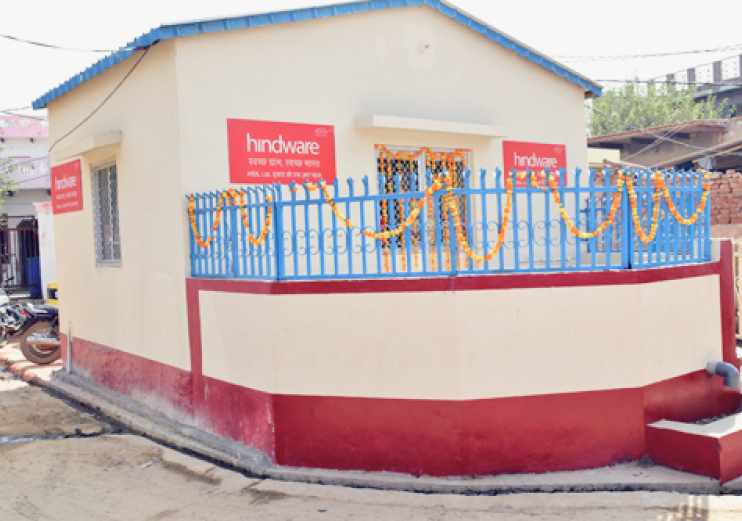The First Of Its Kind In India
Jal Water Museum
The First Of Its Kind In India
The world is going through a massive water crisis and complex water conflict. It is predicted that by 2030 almost 40% of people in India will not have access to water. MA Foundation is setting up the Jal Water Museum which is now a Member of the Global Network of Museums, supported by UNESCO-IHP.
The mission is to create awareness about water and also train people on how to manage water well for sustainable living not just in rural areas but also in urban development. This is in sync with UNESCO’s endeavour of water conservation and sustainability and MA Foundation is marching strongly on the path of saving water.
Campaigns
Onsite Models
The Old Model of 'Tanka'
(A circular water tank made of stones) made on the premises is being used to collect water and used during summers to water the plants. The water during monsoons flows into it from the side and the top. It has been made at a level where the water gravitates naturally into it.
Kitchen Water
A tank with a net and a divider has been installed outside the kitchen which is attached to the drain of the kitchen sink.The outlet pipe of this tank is attached to an underground tank of almost 5 ft deep and is brick lined with gaps in it but the bottom is left without any lining. All solid waste, oil residues get filtered in this tank and the water flows into the underground tank and gets absorbed in the soil.The top has been covered with stone slabs and concrete and is used.
We grow herbs and spices around it.
The tank attached to the kitchen is cleaned every week and the food waste, vegetable leaf etc is kept for compost.
After Bath & Wash Water
The soil here has a lot of pebbles and the earth is lined with blocks of rock after 4/5 feet under the surface. All drains have been attached to one outgoing drain . A place adjoining the garden was selected for a 7ft deep round tank with a circumference of almost 4.5 feet. No bricks have been used here,the stones work well.
The outgoing drain was placed 1ft under the earth surface and attached to the circular tank.The top is covered with long stone slabs and covered with earth. This works as a flower bed and helps the garden soil to retain its moisture.
Grey Water
The toilet drains carrying solid waste is attached to a twin pit similar to model B. but with a twin drain in Y formation.
Only one pit is used at one time. The water, urine gets absorbed in the soil and the solid waste remains to turn into natural compost over the years. Once this pit gets full the drain is blocked and the other one is opened.
Rain Water
Apart from this we realised that in a topography as ours, the land dips almost 1mtr at one point. A concrete tank has been made at the lowest part of the land so that most gushing rainwater is stored there and we also use that tank to store the waste water from our swimming pool.
The conventional rain water harvesting is also used to recharge the groundwater.
Waste Water from RO
The foundation has installed a 500 ltr capacity RO system as the water quality is very poor here. This distributes clean water to the village free of cost and is used by the Foundation also.
All the waste water from the RO goes into an open tank with neem trees around it.
The purpose is to make the museum and its models usable in day to day life.
Small Acts, Big Impact
Every donation fuels our mission to educate communities about water conservation, sanitation, and sustainable practices. By establishing Jal Water Museums, we’re not just preserving drops; we’re preserving cultures, livelihoods, and the future.
Your contribution will help us build these vital centres of learning, ensuring clean water access and fostering a sense of pride among villagers.

